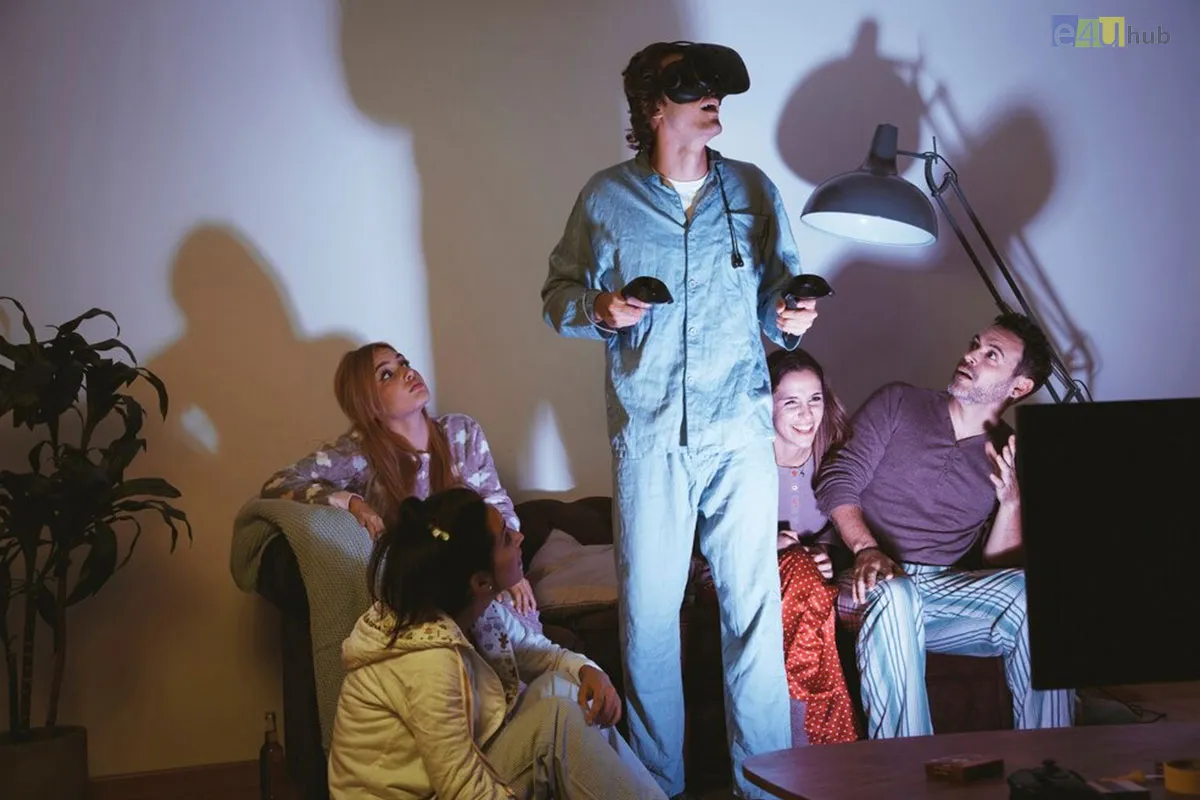
The Role Of Gamification In Education: Engaging, Students For Success
- 09 Feb, 2024
- Sports
- 488 Views
- 0 Comments
In recent years, gamification has emerged as a powerful tool in education, transforming the learning experience for students and educators alike. By incorporating elements of game design into educational activities, gamification makes learning more engaging, interactive, and effective. In this blog post, we'll explore the role of gamification in education and how it can help students achieve success in their academic journey.
1. Understanding Gamification:
a. Gamification is the integration of game-like elements, such as points, badges, leaderboards, and challenges, into non-game contexts, such as education.
b. The goal of gamification in education is to motivate students, promote active learning, and enhance retention and comprehension of academic content.
2. Engaging Learning Experience:
a. Gamification makes learning fun and engaging by tapping into intrinsic motivators such as curiosity, competition, and a sense of accomplishment.
b. Game-based activities encourage students to actively participate in the learning process, leading to higher levels of engagement and motivation.
3. Personalized Learning Pathways:
a. Gamification allows for personalized learning experiences tailored to individual student needs and preferences.
b. By providing students with choices and autonomy within the game environment, educators can accommodate diverse learning styles and paces.
4. Reinforcement of Learning:
a. Game-based activities provide immediate feedback and rewards, reinforcing learning and encouraging mastery of concepts.
b. Students receive instant gratification for their achievements, which boosts confidence and encourages them to persist in their learning efforts.
5. Collaboration and Social Interaction:
a. Gamification fosters collaboration and social interaction among students through multiplayer games, team challenges, and collaborative quests.
b. By working together towards common goals, students develop essential communication, teamwork, and problem-solving skills.
6. Real-World Application:
a. Gamification simulates real-world scenarios and challenges, allowing students to apply academic knowledge in practical contexts.
b. Games that mirror real-life situations promote critical thinking, decision-making, and problem-solving skills that are transferable to various domains.
7. Increased Motivation and Persistence:
a. The competitive and interactive nature of gamification motivates students to actively engage with academic content and persist in their learning efforts.
b. By turning learning into a rewarding and enjoyable experience, gamification helps combat learner apathy and disengagement.
8. Data-Driven Insights:
a. Gamification platforms often include analytics and tracking features that provide educators with valuable insights into student performance and progress.
b. Data-driven feedback allows educators to identify areas of strength and weakness, tailor instruction to individual needs, and intervene when necessary.
Conclusion:
Gamification holds tremendous potential to revolutionize education by making learning more engaging, interactive, and effective. By harnessing the power of game design principles, educators can create dynamic learning environments that inspire curiosity, foster collaboration, and empower students to achieve academic success. As we continue to explore innovative approaches to teaching and learning, gamification stands out as a valuable tool for preparing students for the challenges of the 21st century.















Leave a Reply